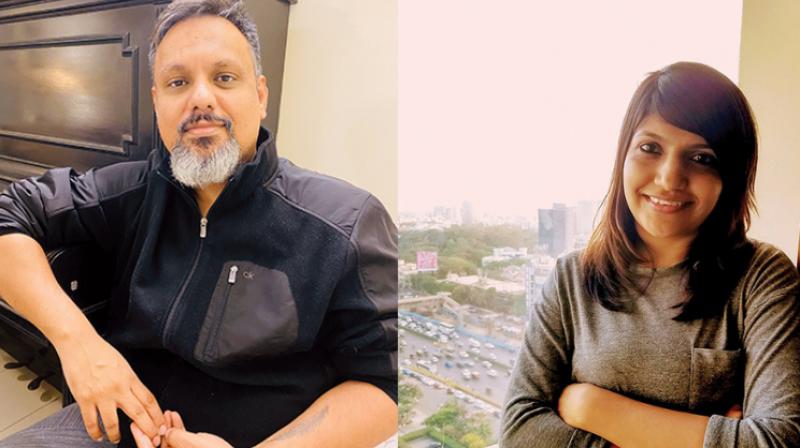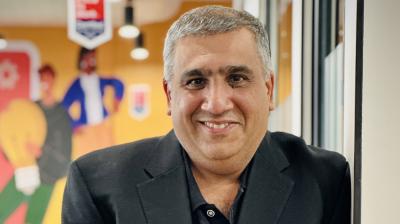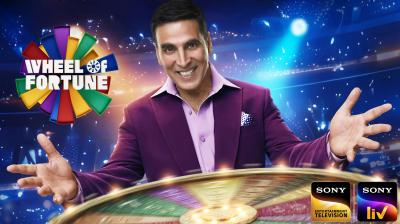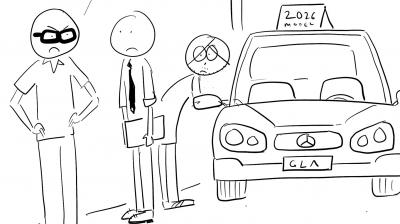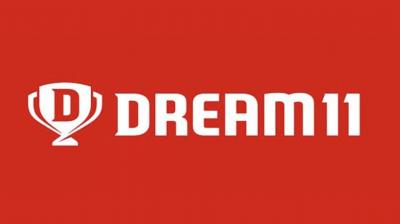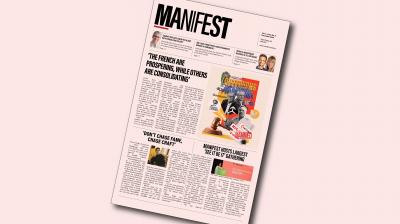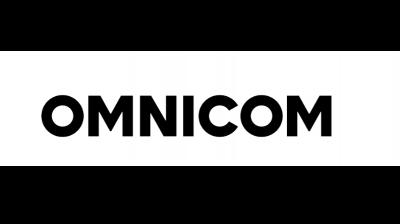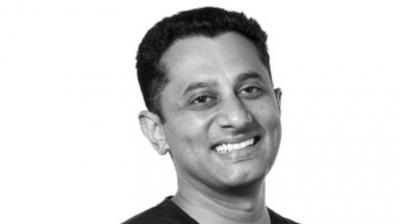AI is no longer just a tool in the creative process - it’s becoming the creator itself. From scripting to complete visuals, we increasingly see ad films now being produced entirely using artificial intelligence. As this technology reshapes the advertising landscape, a critical question emerges: Are we witnessing a creative revolution or risking the erosion of authenticity? Manifest weighs in on the delicate balance between innovation and authenticity with Vivek Anchalia, founder and CEO, Amazing Indian Stories and creator-director of India’s first AI-generated film, Naisha, and Harshada Menon, executive creative director, DDB India.
How do you view the growing role of AI in ad film creation - does it enhance or dilute creative originality in your opinion?
Vivek Anchalia (VA): Honestly, AI’s just a tool — it doesn’t magically make things more original or kill creativity. What matters is who’s driving it. For me, AI helps speed up the grunt work, test wild ideas, and push past technical limits — but the core spark, the intent, the emotional thread? That’s still human. If you hand the reins over fully to the machine, you get polished but empty work. If you combine sharp human thinking with AI’s speed and scale, you can land on stuff that feels fresh.
Harshada Menon (HM): It’s a bit like giving a chef a fancy new blender. Sure, it can help them whip up new textures or speed things up, but it’s still up to the chef to decide the flavour. AI can spark fresh ideas, generate visuals, and even suggest punchlines — but whether it enhances or dilutes creativity depends on who’s using it.
Today, AI can generate storyboards in minutes, simulate audience responses, or provide creative prompts we might never consider. But the truth is, that AI can’t replace human insight. Or be unpredictable. Both of which are needed for creativity. Originality isn’t just about novelty; it’s about resonance — and that still requires a human pulse. A legendary advertising man recently said, ‘Treat AI like a helper who you can send to fetch things for you and nothing more.’
If an ad film is entirely AI-generated - from script to visuals - can it still be considered traditional ‘creative work’? In your view, what’s the ideal balance between human intuition and AI-driven insights in crafting impactful campaigns?
VA: It’s creative, but not in the old-school sense. Creativity isn’t just about doing things by hand anymore — it’s about what you direct, what you shape. The ideal balance for me? Humans set the emotional tone, the story, and the ‘why’, and let machines help with the how — generating variations, trying options, and speeding up production. Without human instinct, you risk shallow outputs; without machines, you miss out on speed and edge.
HM: It can be considered creative, but not in the traditional, human-authored sense. AI-generated work is typically derivative — it’s built from patterns of existing content. There’s still craft involved in curating and prompting AI, but the soul of traditional creative work lies in lived experience, intuition, and emotional risk — qualities AI cannot replicate.
Real creativity — the kind that makes you feel something — usually comes from lived experiences, instincts, weird hunches, late-night thoughts in the shower, or that one chaotic brainstorming session where someone yells ‘What if the dog talks?’ AI doesn’t do that. It can remix what’s already out there, but it doesn’t feel the stakes.
Can AI-driven storytelling truly capture human emotion and authenticity, or does it reduce originality to an algorithm? Is there a risk of audiences emotionally disconnecting from campaigns once they learn they were created entirely by machines?
VA: Here’s the thing: AI can mimic emotional beats, but it doesn’t feel anything. So the danger isn’t the tool itself — it’s when people use it lazily, chasing trends or surface-level hooks without heart. If the human behind the work isn’t emotionally invested, audiences will sense the hollowness. But if the creator uses AI smartly — to amplify their voice, their vision — the audience won’t care how it was made. They care about how it hits them.
HM: AI can fake it pretty well. It can write a heartfelt line about a grandmother’s soup, but it doesn’t know what it’s like to miss someone or smell cloves in winter. So yes, it can simulate emotion, but not create it from experience. AI might construct a beautiful scene about grief, joy, or love, but it doesn’t understand the lived complexity behind those feelings. There’s a risk that campaigns created solely by machines will lack depth or feel formulaic over time.
Audiences are becoming more discerning. If they know something was made entirely by AI, they might admire the execution but emotionally disconnect, questioning the authenticity. We’re wired to respond to stories with real human fingerprints — that’s where true resonance lies.
Will AI widen the gap between big-budget brands and smaller players, or level the field by making production more affordable? What could this mean for traditional production houses, agencies, and talent?
VA: I actually think it levels the creative field but raises the competition. Small players can now make things that look as good as big-budget brands — but big brands still have the distribution power and strategy. For agencies, this means less need for big execution armies and more need for sharp thinkers, creative leaders, and AI specialists — people who know how to direct the machine, not just follow old processes.
HM: A brand with no budget can now make something that looks like a million-dollar campaign — animated characters, polished edits, you name it — all without a film crew or a five-day shoot in Cape Town. That said, for traditional agencies, it’s a wake-up call. The value is shifting. It’s not just about who can produce the slickest video anymore — it’s about who can tell the most compelling story, connect emotionally, and stand out in a sea of AI sameness. Agencies that lean into creative strategy, originality, and emotional intelligence? They’re going to thrive. The rest may need to pivot — fast.
With AI lowering barriers to entry and accelerating timelines, is there a concern about creative saturation or commodification of ideas? As the lines blur between human creativity and technological innovation, should there be creative or ethical boundaries on how AI is used in advertising?
VA: I think the real issue isn’t about more ads flooding the market — that’s already happening. We are already bombarded with ads. The exciting part is that AI can bring a new visual language and fresh ideas into the mix. We’re not just talking about making the same old ads faster — we’re talking about doing things that weren’t even possible before because of budget or tech limitations. It’s like giving creators a massive upgrade. As for restrictions, we should have ethical guidelines — no plagiarism, no unauthorised use of people’s likenesses — but beyond that, we need to keep the playing field level. We can’t hold back innovation if we want to stay competitive globally.
HM: Yes, and yes. We might end up in a world where we’re drowning in decent content but starving for anything truly original.
Like, imagine scrolling through 50 ads in a row — all perfectly animated, all beautifully written, and none of them making you feel a thing. It’s the AI ‘beige effect’: technically good, emotionally blah.
There needs to be creative and ethical boundaries. Should brands disclose if their ad used deepfake actors or synthetic voices? Probably. Should AI tools train on other artists’ work without credit or consent? Absolutely not.
AI is a tool — not a replacement for human imagination. The future of advertising depends on how well we preserve that distinction.

.jpg)
